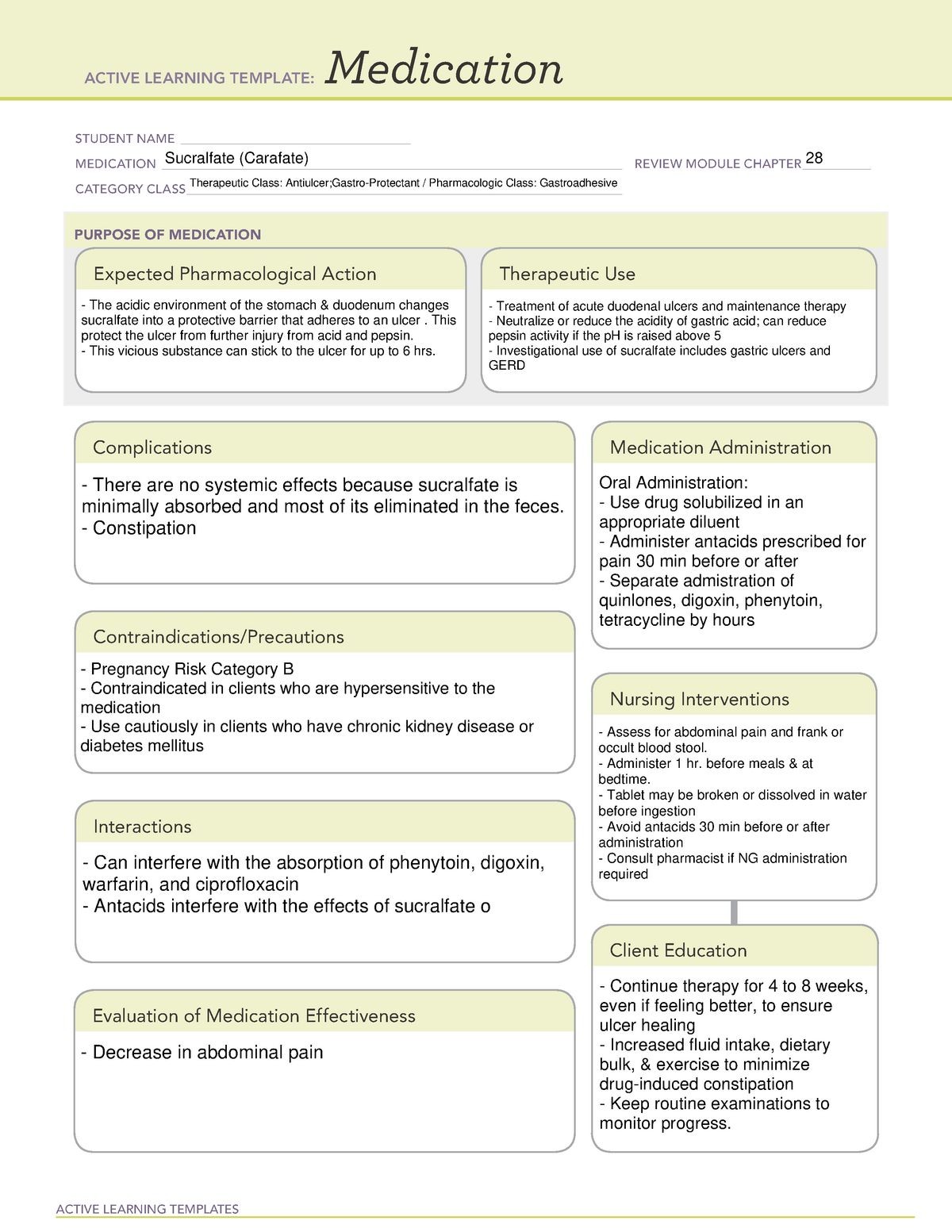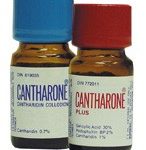
Contents
Carafate vs. Prilosec: A Comparison
Carafate is an anti-ulcer drug used to treat various gastrointestinal conditions, such as ulcers, peptic ulcer disease, and gastroesophageal reflux disease (GERD). It works by attaching to ulcer surfaces, protecting them from injury caused by acid and pepsin. Carafate also inhibits pepsin, binds bile salts, and may increase prostaglandin production to further protect the stomach lining. Unlike other drugs, Carafate acts solely on the stomach and duodenum.
Omeprazole, on the other hand, is a proton pump inhibitor (PPI) that blocks acid production in the stomach. It is used to treat ulcers, GERD, Zollinger-Ellison syndrome, and other related conditions. By reducing acid production, omeprazole allows the stomach and esophagus to heal.
Side Effects of Carafate and Omeprazole
Carafate
Carafate is generally well tolerated, with constipation being the most common side effect.
Other side effects include:
Omeprazole
Omeprazole, like other PPIs, is also well tolerated. The most common side effects include:
Other important side effects include:
- Nervousness
- Abnormal heartbeat
- Muscle pain
- Weakness
- Leg cramps and water retention (infrequent)
Zegerid, a variation of omeprazole, contains sodium, which should be considered for patients on sodium-restricted diets.
Prolonged use of PPIs may increase the risk of Clostridium difficile infection and osteoporosis-related fractures. It can also reduce the absorption of vitamin B12 and magnesium levels, and has been associated with an increased risk of heart attacks. Therefore, it is important to use the lowest effective doses and shortest treatment duration for the condition being treated.
Dosage of Carafate vs. Omeprazole
Carafate
- The recommended dose for active ulcers is 1 gram four times daily for 4-8 weeks.
- Carafate should be taken on an empty stomach, at least one hour before meals, for best results.
- The maintenance dose (preventing recurrent ulcers) is 1 gram twice daily.
Omeprazole
For ulcers, GERD, erosive esophagitis, and H. pylori eradication, the recommended dose for adults is 20-40 mg daily. Ulcer healing usually occurs within 4-8 weeks.
H. pylori infections are typically treated for 10-28 days.
The usual dose for prevention of upper gastrointestinal bleeding in critically ill patients is 40 mg daily for 14 days.
Prilosec OTC is used for short-term treatment of heartburn, with the usual dose being 20 mg daily for up to two weeks.
For the management of Zollinger-Ellison syndrome, the starting dose is 60 mg daily, with adjustments based on symptom response or acid production measurement. Doses over 80 mg should be divided. Doses up to 120 mg three times a day have been used in the treatment of Zollinger-Ellison Syndrome.
Omeprazole tablets should be taken before meals, swallowed whole, and not crushed, chewed, or opened for maximal efficacy.
Drug Interactions with Carafate and Omeprazole
Carafate
Sucralfate may reduce the absorption of other drugs in the stomach, so it is recommended to take these drugs at least two hours before sucralfate. Some of the medications affected include dolutegravir, cimetidine, digoxin, ketoconazole, levothyroxine, phenytoin, quinidine, ranitidine, tetracycline, theophylline, and fluoroquinolone antibiotics.
It is likely that many other drugs will interact in a similar way with sucralfate, so it is generally prudent to take all medications at least two hours prior to sucralfate.
Omeprazole
Omeprazole may increase the concentrations of diazepam, warfarin, and phenytoin in the blood by decreasing their elimination by the liver.
The absorption of certain drugs may be affected by stomach acidity. Omeprazole, like other PPIs, reduces the absorption and concentration in blood of ketoconazole and increases the absorption and concentration in blood of digoxin. This may reduce the effectiveness of ketoconazole or increase the risk of digoxin toxicity.
Omeprazole can potentially affect the blood levels of saquinavir, nelfinavir, and atazanavir, which are used to treat HIV infection. Dose adjustments may be necessary to avoid toxicity or ensure efficacy.
Omeprazole should not be used with clopidogrel, as it can reduce its activity.
Omeprazole increases the concentration of cilostazol. The dose of cilostazol should be reduced when given with omeprazole.
By clicking Submit, I agree to the MedicineNet’s Terms & Conditions & Privacy Policy and understand that I may opt out of MedicineNet’s subscriptions at any time.
Are Carafate and Omeprazole Safe During Pregnancy or Breastfeeding?
Carafate
Sucralfate is not teratogenic in animals, and human data show no adverse effects on the fetus. It is considered safe during pregnancy.
Minimal amounts of sucralfate reach breast milk, making it safe for nursing mothers.
Omeprazole
The use of omeprazole during pregnancy has not been adequately evaluated. It should only be used if the benefits outweigh the unknown risks. Omeprazole is excreted in breast milk and may potentially cause adverse effects in infants.
From
Heartburn Resources
- How EoE Affects Your Body
- EOE Challenges
- Elimination Diet for EOE


